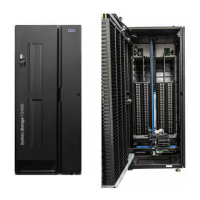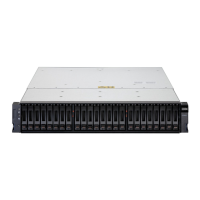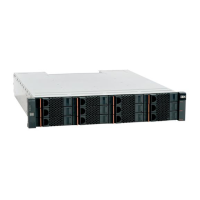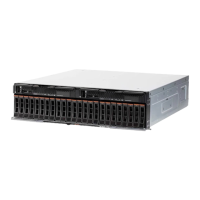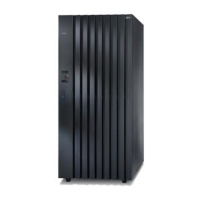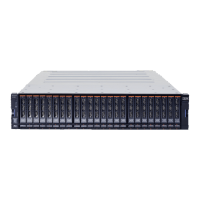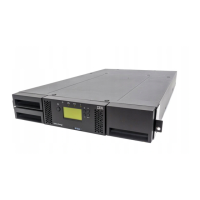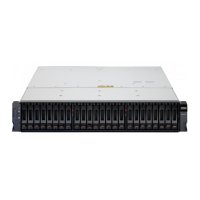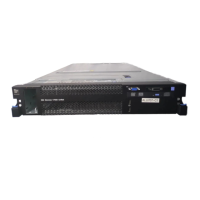238 IBM System Storage N series Hardware Guide
18.1 Overview
FCP SAN boot, remote boot, and root boot refer to a configuration in which the operating
system is installed on a logical drive that is not local to the server chassis. SAN Boot has the
following primary benefits over booting the host OS from local storage:
The ability to create a Snapshot of the host OS
You can create a Snapshot of the OS before a hotfix, service pack, or other risky change is
installed to the OS. If the installation it goes poorly, you can restore the OS from the copy.
For more information about Snapshot technology, see this website:
http://www.ibm.com/systems/storage/network/software/snapshot/index.html
Performance
The host is likely to boot significantly faster in a SAN boot configuration because you can
put several spindles under the boot volume.
Fault tolerance
There are multiple disks under the volume in a RAID 4 or RAID-DP configuration.
The ability to clone FlexVols, which creates FlexClone volumes
This host OS cloned LUN can be used for testing purposes. For more information about
FlexClone software, see this website:
http://www.ibm.com/systems/storage/network/software/flexvol/index.html
Interchangeable servers
By allowing boot images to be stored on the SAN, servers are no longer physically bound
to their startup configurations. Therefore, if a server fails, you can easily replace it with
another generic server. You can then resume operations with the same boot image from
the SAN. Only some minor reconfiguration is required on the storage system. This quick
interchange helps reduce downtime and increases host application availability.
Provisioning for peak usage
Because the boot image is available on the SAN, it is easy to deploy more servers to
temporarily cope with high workloads.
Centralized administration
SAN boot enables simpler management of the startup configurations of servers. You do
not need to manage boot images at the distributed level at each individual server. Instead,
SAN boot allows you to manage and maintain the images at a central location in the SAN.
This feature enhances storage personnel productivity and helps to streamline
administration.
Uses the high availability features of SAN storage
SANs and SAN-based storage often are designed with high availability in mind. SANs can
use redundant features in the storage network fabric and RAID controllers to ensure that
users do not incur any downtime. Most boot images on local disks or direct-attached
storage do not share this protection. The use of SAN boot allows boot images to use the
inherent availability that is built into most SANs. This configuration helps to increase
availability and reliability of the boot image and reduce downtime.
Efficient disaster recovery process
You can have data (boot image and application data) mirrored over the SAN between a
primary site and a recovery site. With this configuration, servers can take over at the
secondary site if a disaster occurs on servers at the primary site.

